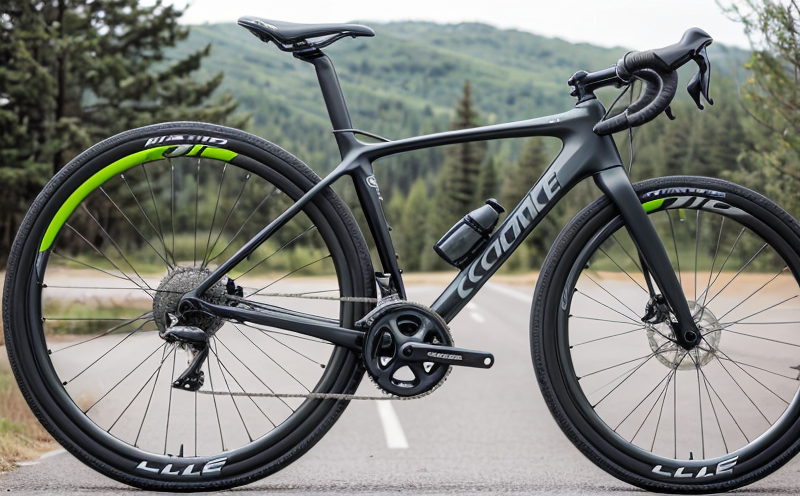SAE J2289 Cycle Life Testing of EV Battery Modules
The SAE J2289 standard is designed to evaluate the cycle life and durability of electric vehicle (EV) battery modules. This testing procedure is critical for ensuring that batteries perform reliably over extended periods, which directly impacts the operational efficiency and longevity of EVs.
SAE J2289 focuses on simulating real-world driving conditions through repeated charge-discharge cycles until a specified end criterion is met. The test aims to assess the battery's ability to retain its capacity under these conditions, thereby providing insights into the module’s durability. This is particularly important as it helps manufacturers and regulatory bodies understand how batteries will behave in EVs over their expected lifespan.
The testing process involves placing the battery modules in a controlled environment where they undergo multiple cycles of charging and discharging. The number of cycles can vary depending on the specific requirements set by the standard, but typically ranges from 100 to 200 cycles based on the intended use case for the EV.
During these tests, various parameters are monitored to ensure that the battery’s performance meets the necessary standards. These include voltage, current, internal resistance, and temperature. The data collected during each cycle is used to assess the health of the battery and determine if it still functions within acceptable limits after repeated use.
The SAE J2289 test also considers environmental factors such as temperature and humidity, which can significantly affect a battery’s performance over time. By simulating these conditions, the test provides a more accurate representation of how the battery will perform in real-world scenarios.
Understanding the cycle life and durability of EV batteries is crucial for several reasons. Firstly, it helps manufacturers optimize their designs to ensure that batteries last as long as possible without losing significant capacity. Secondly, it allows OEMs (Original Equipment Manufacturers) to meet regulatory requirements by demonstrating compliance with relevant standards like SAE J2289.
Furthermore, this testing process aids in identifying potential weaknesses or issues within the battery design early on, allowing for improvements before mass production begins. This not only enhances product quality but also reduces costs associated with field failures and recalls later down the line.
In summary, SAE J2289 cycle life testing plays an essential role in ensuring that EV batteries are reliable, efficient, and capable of meeting long-term performance expectations set by both manufacturers and regulators. By following this standardized procedure, we can achieve more accurate assessments of battery performance, leading to better-informed decisions throughout the development lifecycle.
Applied Standards
| Standard | Description |
|---|---|
| SAE J2289-1 | Procedure for Cycle Life Testing of Lithium-Ion Battery Modules in Electric Vehicles. |
| SAE J2289-2 | Reporting Requirements for Cycle Life Test Results. |
| Standard | Description |
|---|---|
| SAE J2289-3 | Environmental Conditions for Cycle Life Testing. |
| SAE J2289-4 | Acceptance Criteria for Cycle Life Test Results. |
Benefits
The primary benefit of SAE J2289 cycle life testing lies in its ability to provide accurate and reliable data about the performance of EV batteries under simulated real-world conditions. This information is invaluable for manufacturers who need to ensure that their products meet stringent quality standards.
By using this standardized approach, companies can gain confidence in their battery modules’ durability and reliability, which ultimately leads to improved customer satisfaction and trust. Additionally, compliance with SAE J2289 helps businesses stay ahead of regulatory requirements, ensuring they remain competitive in the market.
The results from these tests also enable manufacturers to identify any areas where improvements can be made, whether it’s related to material selection, manufacturing processes, or overall design. This continuous improvement process ensures that products evolve over time to meet evolving demands and technologies.
Moreover, conducting such thorough testing allows for better communication between different stakeholders involved in the development of EVs. From suppliers providing raw materials to OEMs responsible for assembling final products, everyone benefits from having clear, consistent data about battery performance.
In conclusion, SAE J2289 cycle life testing offers numerous advantages that contribute significantly towards producing high-quality electric vehicle batteries. It not only enhances product reliability but also fosters innovation and collaboration across industries.





